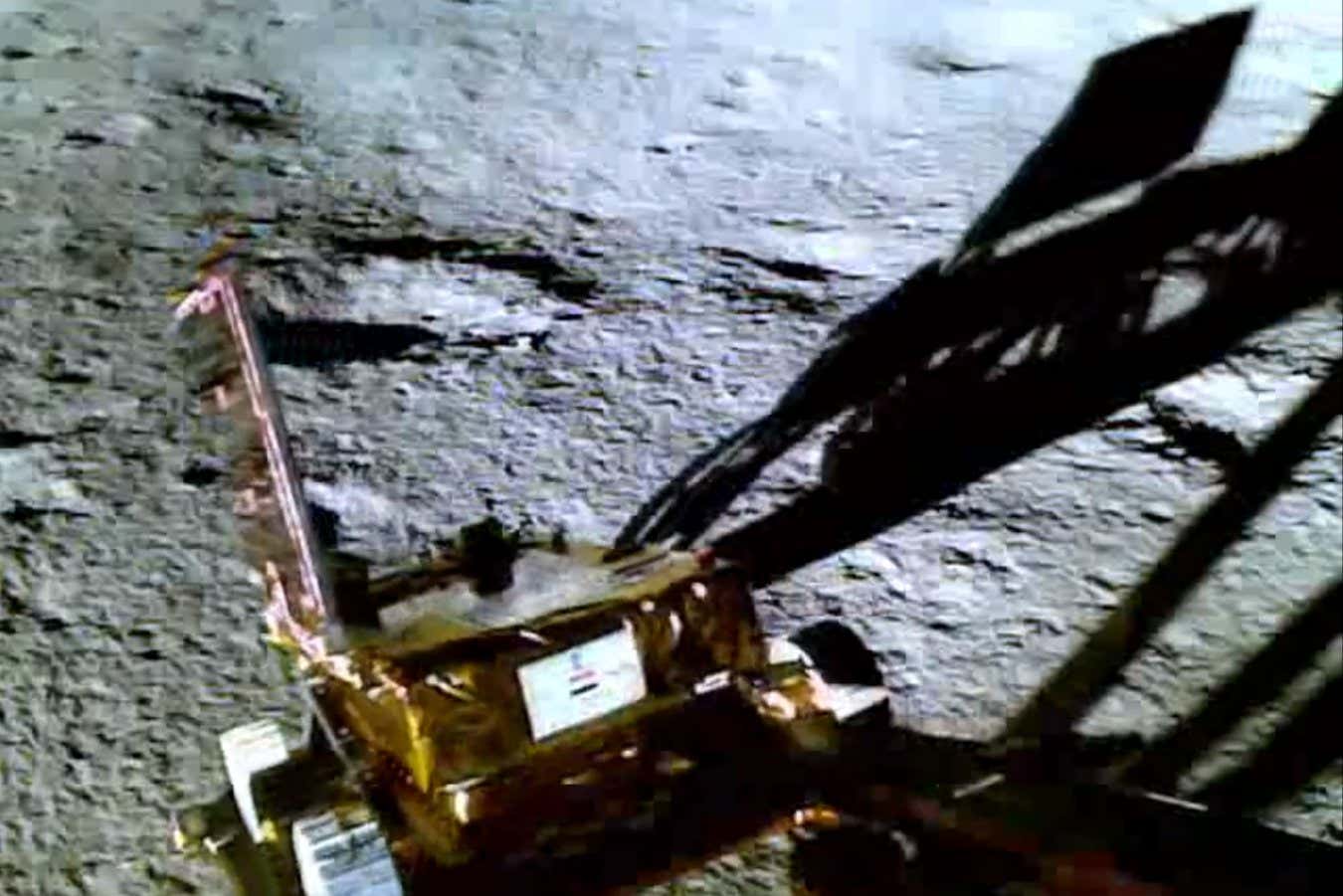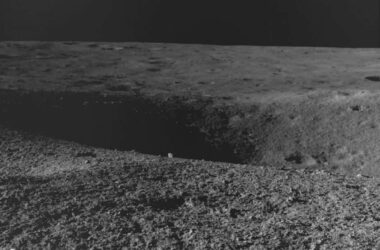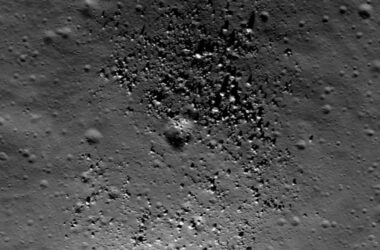India’s Chandrayaan-3 mission has successfully landed on the lunar surface near the south pole, marking a historic achievement for the country. The mission, carried out by the Indian Space Research Organisation (ISRO), deployed the Pragyan rover, which will conduct experiments to study the composition of the lunar surface and search for water ice. The mission is expected to operate for one lunar day, equivalent to 14 Earth days. India’s successful landing near the moon’s south pole puts them in the company of China, the US, and the Soviet Union, as the only nations to achieve a soft landing on the moon. The significance of the mission is further highlighted by its relatively low budget of just £59 million.
The Chandrayaan-3 mission follows a series of unsuccessful moon missions by other countries. A Japanese start-up’s attempt in April ended in a crash, and Russia’s recent moon mission also ended disastrously. However, India’s mission has garnered public support and has increased interest in their future space endeavors, including human space flight and a mission to Mars. The successful landing of Chandrayaan-3 serves not only as a demonstration of India’s technological capabilities but also as a notable scientific achievement. The mission may leave a lasting mark on the moon’s surface, as the imprint of the ISRO logo and national symbols will be left by the Pragyan rover.
Insights:
- India’s Chandrayaan-3 mission has become the first to land near the moon’s south pole, marking a significant achievement for the country.
- The mission’s Pragyan rover will conduct experiments to study the lunar surface’s composition and search for water ice.
- Chandrayaan-3’s success comes after a series of moon mission failures from other countries.
- The mission has garnered public support and increased interest in India’s future space exploration plans, including human space flight and a mission to Mars.
- The relatively low budget of the mission highlights India’s cost-effective approach to space exploration.








